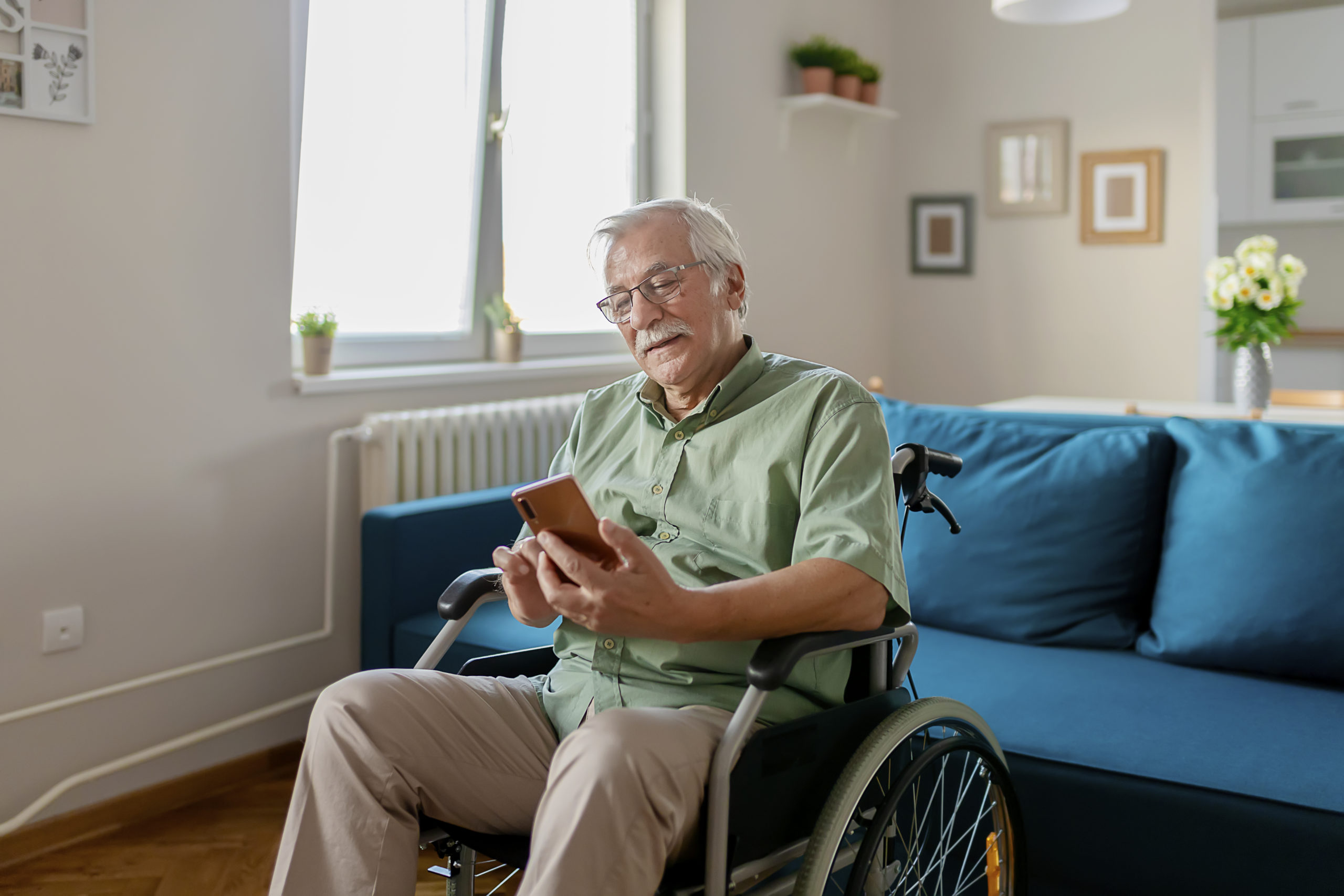As we navigate health care and all the different services (and technologies) offered – we keep hitting complicated processes, fragmented services and escalating costs – which all lead to a damaging experience. We all deserve a happy, healthy and fulfilled life, but how can technology help us achieve that?
In our previous blog post, we covered how technology — like a digital front door — could support Rachel to manage her family’s health and wellbeing more effectively. In addition to juggling full-time employment, two young children and her elderly mother, Rachel keeps hitting a fragmented healthcare system, coupled with multiple interactions, across multiple services, providers and technologies. Rachel was on the brink of suffering from caregiver burnout.
In this case, how could Rachel care for her family if she couldn’t care for herself? This is where we will show how a digital front door could help alleviate Rachel’s frustrations and provide her with a ‘one-stop shop’ approach to ‘find’ what she needs. Let’s explore Rachel’s use of the digital front door which enables her to learn more and care for her two-year-old daughter, Lily, who is experiencing symptoms of chickenpox.
Streamlining all of Rachel’s healthcare interactions
During the night, Rachel noticed Lily was looking flushed and developed a strange-looking rash around her hairline. After taking Lily’s temperature which came back at 38.7 C, Rachel was increasingly worried and unsure of what to do. Should she wake her eight-year-old son, Jordan, and take all of them to the emergency department? She knows from experience that after sitting with her agitated son and sick toddler for long periods, she would need the morning off work to catch up on sleep.
Rachel remembered the last time she visited her GP, they mentioned she could now find trusted health information and services online via the health system’s digital front door. Instead of getting everyone out the physical door — Rachel visits the website, logs in to the account she already had set up and finds a symptom assessor. After inputting all of Lily’s symptoms, Rachel instantly received an assessment report containing information on the probable cause of Lily’s fever and rash, and advice on what she could do next.
Although most of the advice mentioned that a trip to the hospital was unnecessary, Rachel felt uneasy and wanted to speak to someone for reassurance. Rachel opens the link for a live chat, and after answering some security questions, she speaks to an on-call advisor who can see Rachel’s symptom assessment report. While the advisor is doing a quick triage with Rachel, the advisor reassures her by asking what medicine Rachel usually gives Lily for fever and recommending that Rachel give this to her.
Rachel turns on her camera to show the advisor Lily’s odd rash, which is little dots along her hairline. The advisor talks Rachel through the process of bathing Lily and assures her she does not need to go to the ED. Instead, the advisor explains how easily she can schedule an appointment with her GP for the following morning.
Rachel is advised to check Lily’s temperature 20 minutes after giving her the medicine, and if she is still concerned she should take her to the ED. Once Rachel’s call with the advisor ended and Lily’s temperature had come down, she was relieved they didn’t need to go to the ED and navigated to the appointment scheduler to book an appointment for the following morning.
When Rachel visits her GP with Lily the next day, she is pleasantly surprised that the symptom report and details of her conversation with the advisor from the previous evening are all available to her GP. Lily’s GP can quickly make an informed decision and confirm that she is experiencing symptoms of chickenpox since her rash has now spread to other areas of Lily’s body. The GP provides the next steps for treatment and Rachel heads home as the prescription will be delivered. She has previously set up home prescription delivery through the digital front door and will be notified when it’s on its way to her.
The future of health is at your fingertips
Throughout the day, Rachel will receive alerts for when she needs to apply the topical ointment. If Lily’s blisters become infected, Rachel knows that she can easily schedule another appointment through the digital front door and receive a reminder alert of her upcoming appointment. For additional topical treatments or antibiotics, she can easily find and contact the pharmacy to order more treatments through the online prescription ordering and payment option.
Above all, Rachel now feels confident supporting her daughter at home. She knows where to turn for accurate information and guidance — recommended by the digital front door — or advised by her GP and available through the digital front door to reflect back on. Having to deal with parenting alone, Rachel can also find some trusted community groups in the digital front door, where she can talk to other parents in the ‘same boat’ as herself. Now that Rachel has access to a solution that streamlines her interactions, she can manage her and her family’s healthcare anytime, anywhere.
Read more about Digital health’s next big transformation: The shift to healthcare, anywhere in our whitepaper.



